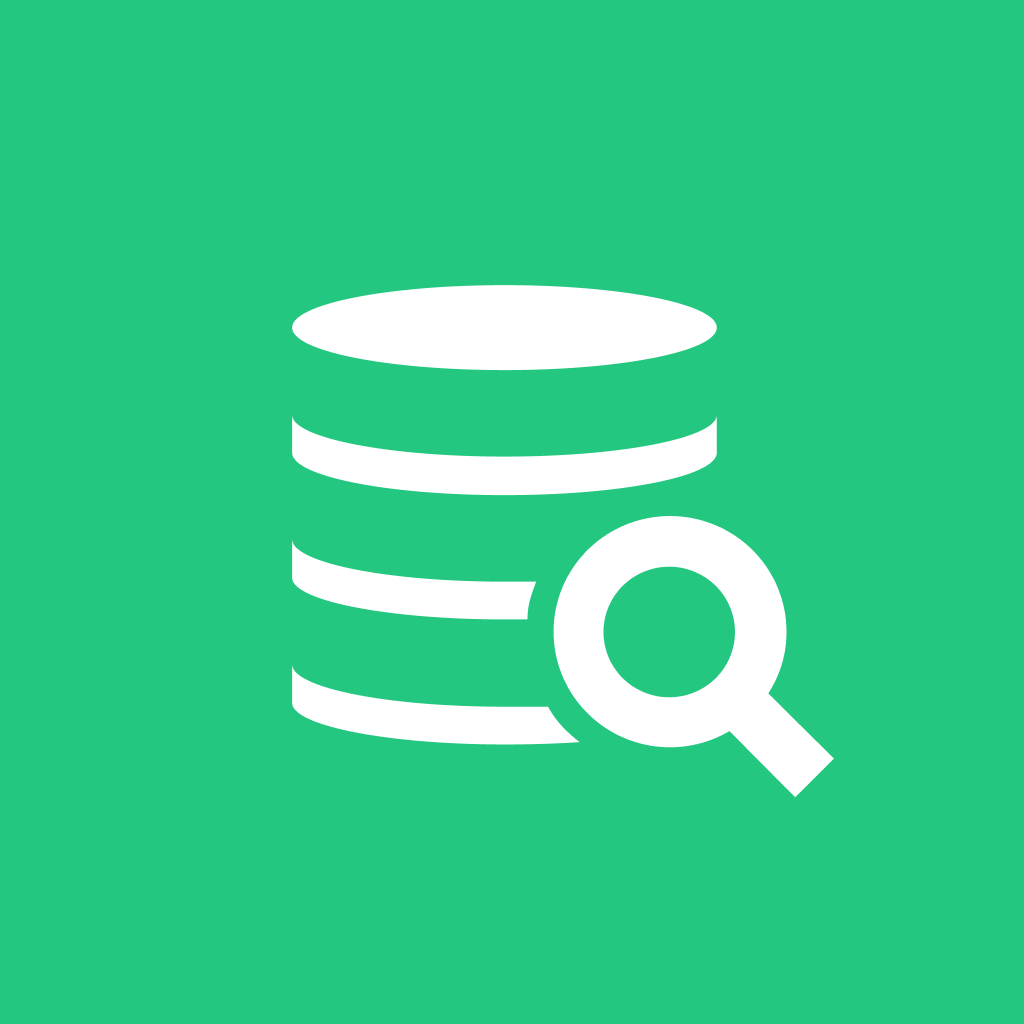Practical Database Schema Design for New Developers
 DbVisualizer
DbVisualizer
Database schema design is the foundation of structured data management. Whether you're building a blog or a full-stack app, knowing how to design your database helps prevent inconsistencies, reduces redundancy, and improves performance. In this guide, we explore real-world schema examples, essential concepts like entities and relationships, and useful tools like DbVisualizer to help you get started.
Where Schema Design Meets Real Projects
Blog Platforms:
Use tables like
Posts,Authors, andCategoriesto organize and relate content efficiently.Event Apps:
Manage registrations and scheduling with tables like
Events,Venues, andAttendees.Social Apps:
Build features like following, likes, and profiles using
Users,Posts,Comments, and join tables for many-to-many relationships.
Each use case applies fundamental schema principles to enforce logic and maintain clean data.
Core Building Blocks
Entities & Attributes:
Think of entities as nouns (
User,Order) and attributes as their details (name,price).Relationships:
Set up one-to-many or many-to-many links using foreign keys and bridge tables.
Normalization:
Reduce duplication by organizing data into logical structures. Use 1NF to separate repeated fields, 2NF for full dependencies, and 3NF to remove transitive dependencies.
Referential Integrity:
Maintain valid links between tables to prevent inconsistent or orphaned data.
Using DbVisualizer to Build Your Schema
With DbVisualizer, you can:
Create tables visually with data types and constraints.
Define primary and foreign keys via dropdowns.
Generate relationship diagrams to understand your schema’s structure.
Apply normalization principles while viewing data relations.
FAQs
What’s a schema?
A defined structure for how data is stored and linked in a database.
Why use normalization?
It keeps your data clean, reduces size, and improves efficiency.
How do foreign keys help?
They link related data across tables while enforcing rules.
What makes a schema "good"?
Clarity, flexibility, and a structure that reflects real-world relationships.
Conclusion
Learning schema design helps you avoid messy, unreliable data and build apps that grow with ease. Start simple, normalize wisely, and use tools like DbVisualizer to visualize your schema. Explore the Database Schema Design: A comprehensive guide for beginners to dive deeper and refine your skills.
Subscribe to my newsletter
Read articles from DbVisualizer directly inside your inbox. Subscribe to the newsletter, and don't miss out.
Written by

DbVisualizer
DbVisualizer
DbVisualizer is the database client with the highest user satisfaction. It is used for development, analytics, maintenance, and more, by database professionals all over the world. It connects to all popular databases and runs on Win, macOS & Linux.